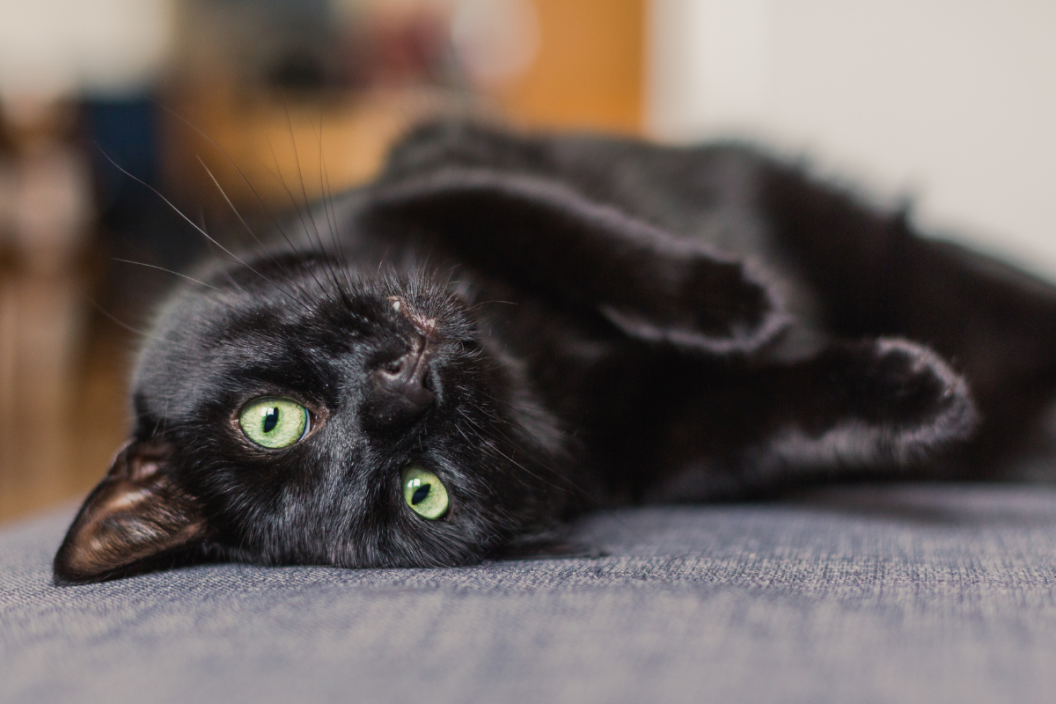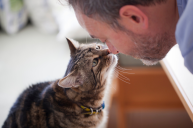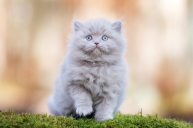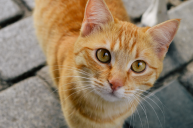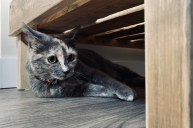Black cats often don't get the love they deserve. Superstitious types blame them for bad luck, and their association with witchcraft in the western world continues to hamper their ability to be adopted even today. Black cat breeds are adopted at lower rates from shelters than their orange or gray coated cousins, and are often abandoned altogether if put in a shelter at an old age. Many shelters also won't adopt out black cats around Halloween due to the risk of them being used in dangerous ways.
While black cats may get a bad rap in the United States (and on social media, where they are considered to be not the most photogenic), they're actually considered to be good luck in many other cultures. In Japan, having a black cat is considered good for your love life, and the Scottish consider a black cat who arrives at your doorstep to be a positive omen.
If you're hoping to adopt a black cat breed, know that some of them are also the most affectionate cat breeds in the world. And, despite their similar coloration, black cat breeds come in all shapes and sizes. Read on to see some of these lovable, charcoal-colored kitties for yourself!
1. Bombay
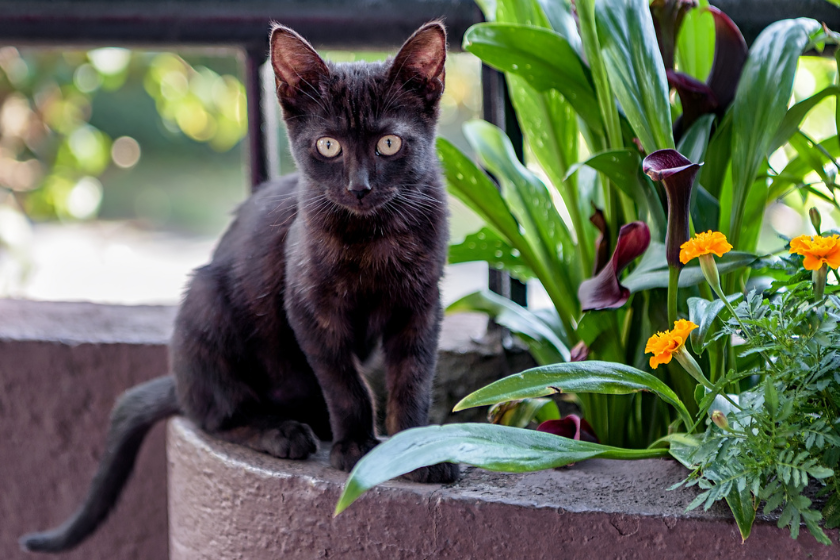
Bred to look like mini black panthers, Bombay cats are cool little felines. Developed in the 1950s by a breeder from Louisville, Kentucky by the name of Nikki Horner, these black cats were named after Bombay, India, the land of the Black Leopard. They're a crossbreed of sable Burmese and black American shorthair cats.
2. Persian
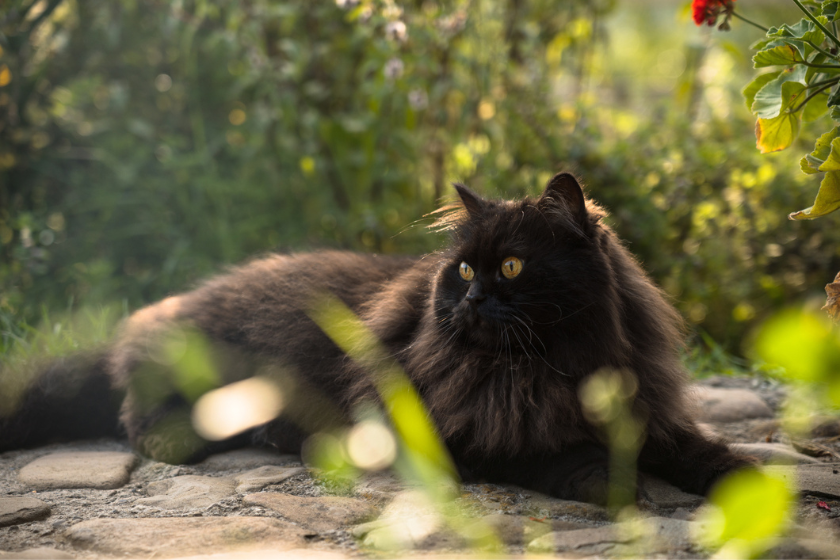
While little is known about the history of this long-haired cat breed, we do know that Persian cats can be traced all the way back to the 1600s. They are rumored to have originated from Persia, near modern-day Iran and Turkey.
3. Maine Coon
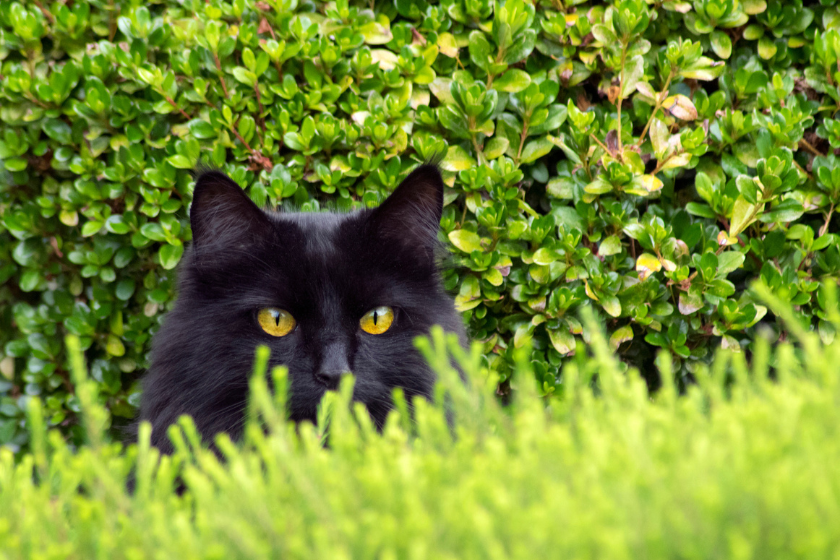
As the largest domestic cat breed, the Maine coon was popular in cat shows during the late 19th century. These long-haired cats are quite loving, and more than happy to be your cuddly feline friend!
4. Cornish Rex
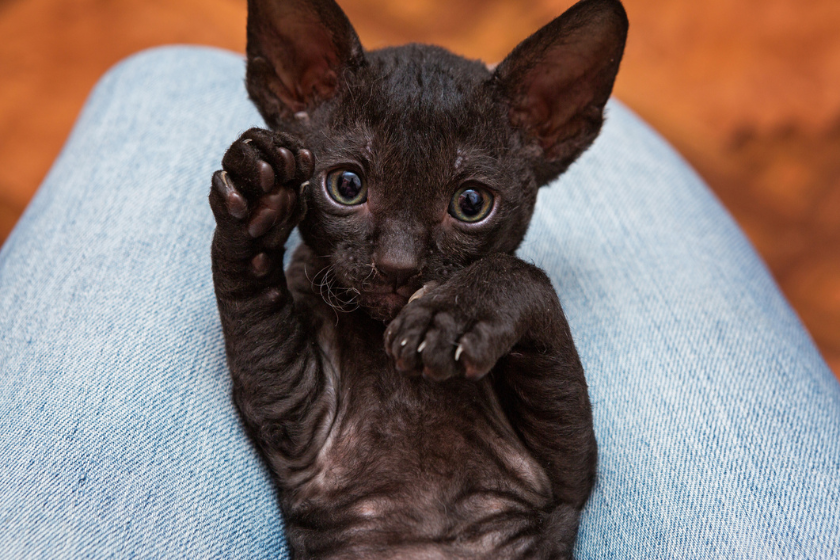
You can't mistake the Cornish rex. The large ears and curly coat make this one of the most recognizable felines. Originating from Cornwall, United Kingdom in the 1950s, these cats were born with a genetic mutation that causes the curly hair.
5. Selkirk Rex
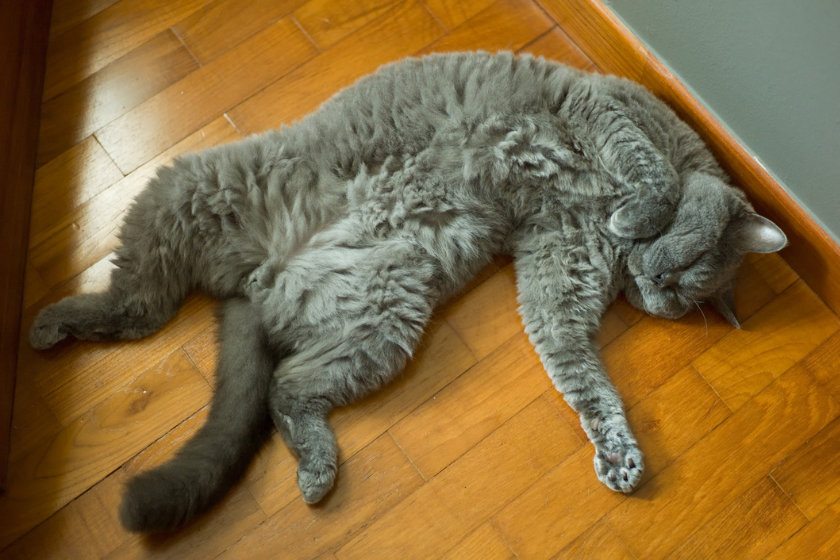
Known for being easygoing, the Selkirk rex was developed in 1987 by Jeri Newman, a breeder in Livingston, Montana. This feline was bred by crossing the Persian, the British shorthair, and the exotic shorthair cat, resulting in a cat that looks like a little teddy bear.
6. Devon Rex
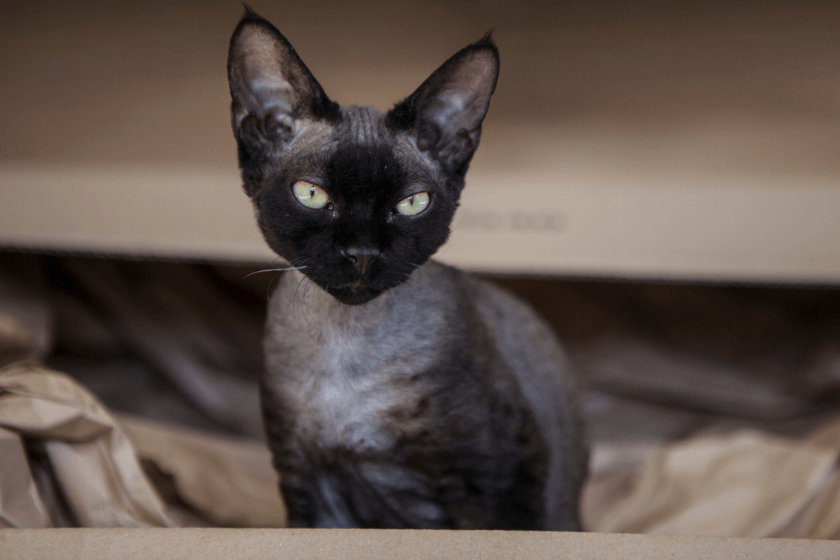
One of the world's rarest cat breeds, the Devon rex cat was first discovered by Beryl Cox during the late 1950s in a town named Buckfastleigh in Devon, United Kingdom. Another "rex" cat breed, this feline sports the same curly hair as their other "rex" counterparts.
7. Japanese Bobtail
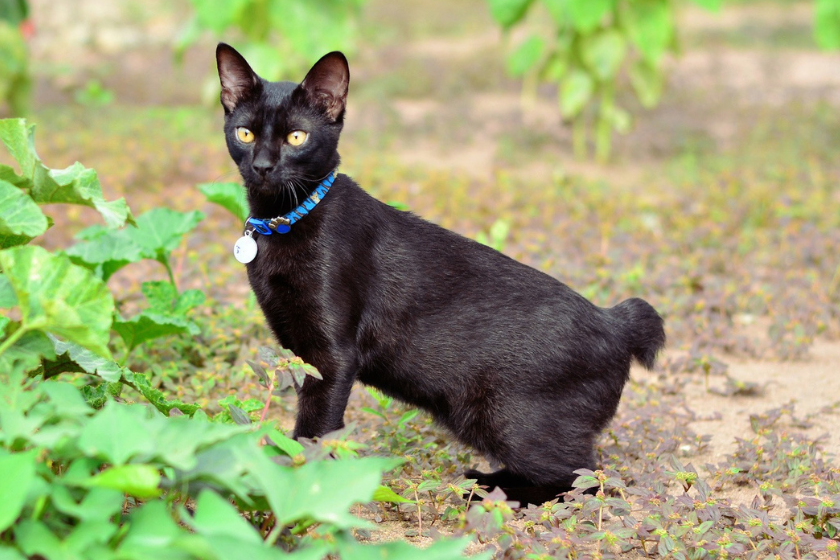
A tiny cat breed native to Japan, it's said that the Japanese bobtail first appeared on the Asian island at least 1,000 years ago. These sociable cats come in a wide variety of colors, including black.
8. American Bobtail
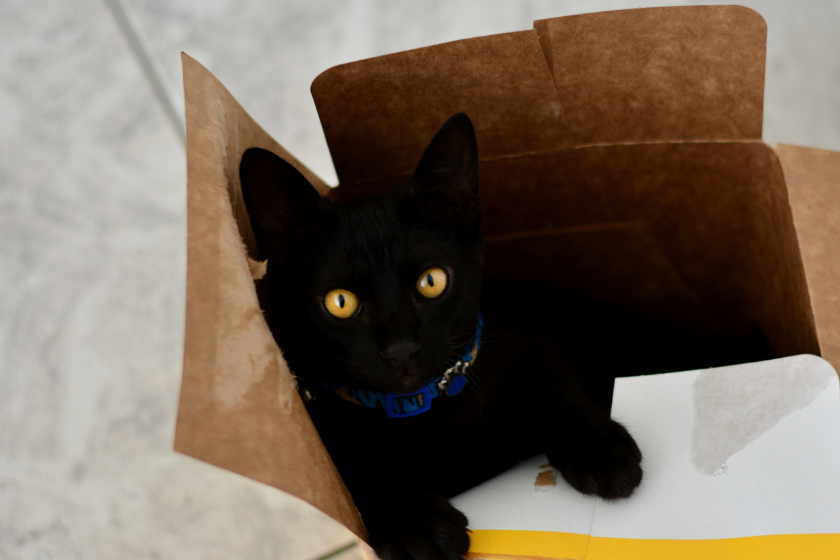
The American bobtail has been around in the United States since the 1960s. First discovered in Arizona, the first American bobtail was a tabby cat named Yodie.
9. Chantilly-Tiffany
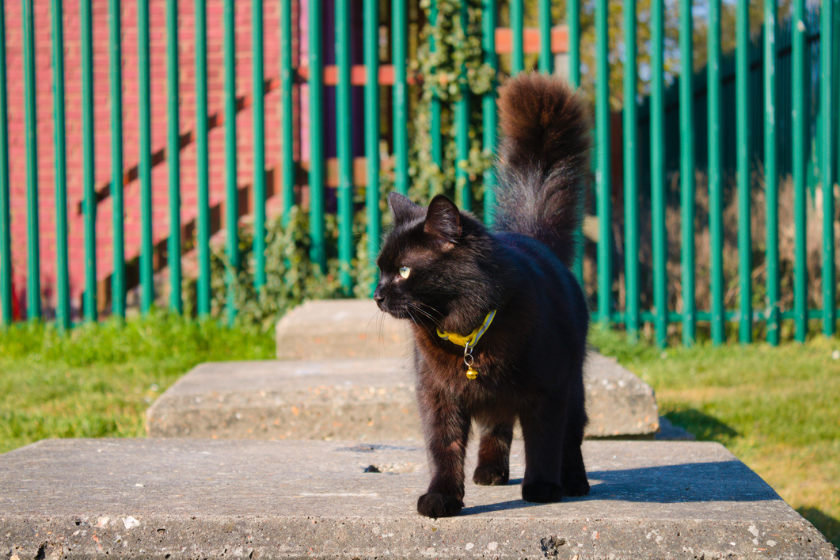
While there's a bit of confusion about the exact origins of the Chantilly-Tiffany cat (it's been rumored that these cats are the result of Burmese cross-breeding), we do know that these felines had their start in 1967 with a breeder in New York named Jennie Robinson.
10. Oriental Shorthair
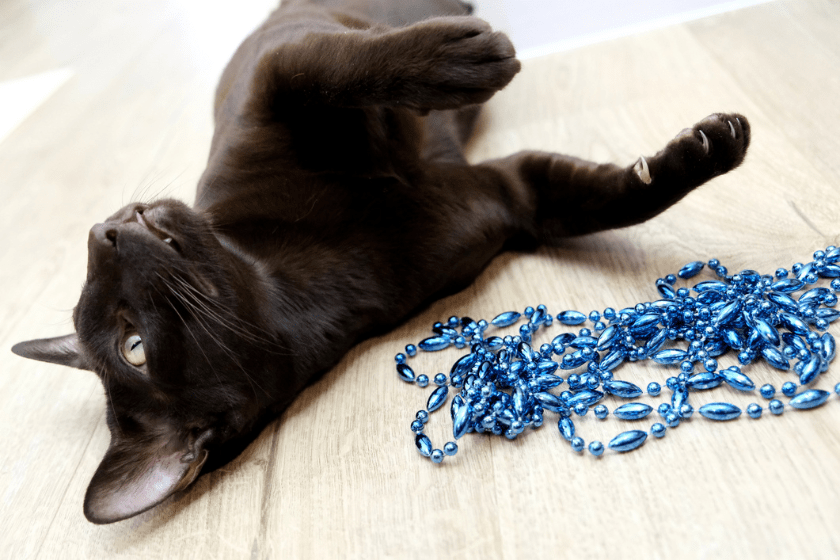
A domestic cat breed that's developed from, and closely related to, the well-known Siamese, the Oriental shorthair was introduced to the U.S. in the 1970s. The breed quickly gained recognition and championship status from the Cat Fanciers' Association.
11. Norwegian Forest Cat
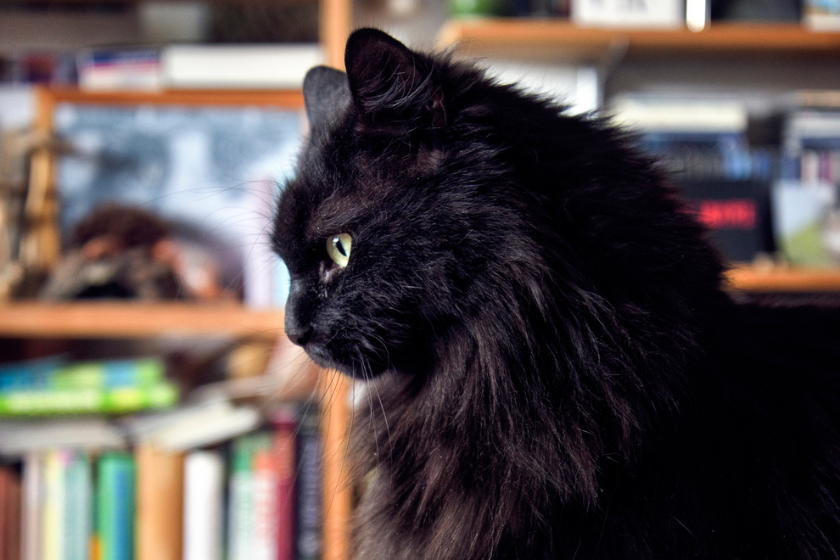
Originating in Northern Europe, the lineage of the Norwegian forest cat is thought to lie with the long-haired cats that were brought from Norway by the Vikings. This breed's thick, long coats make them well-suited to live in cold climates such as the forests of Norway they were named after. They're also known to be skillful climbers due to their strong claws; so if you are thinking of adopting one, a big cat tree might be in your future!
12. Sphynx
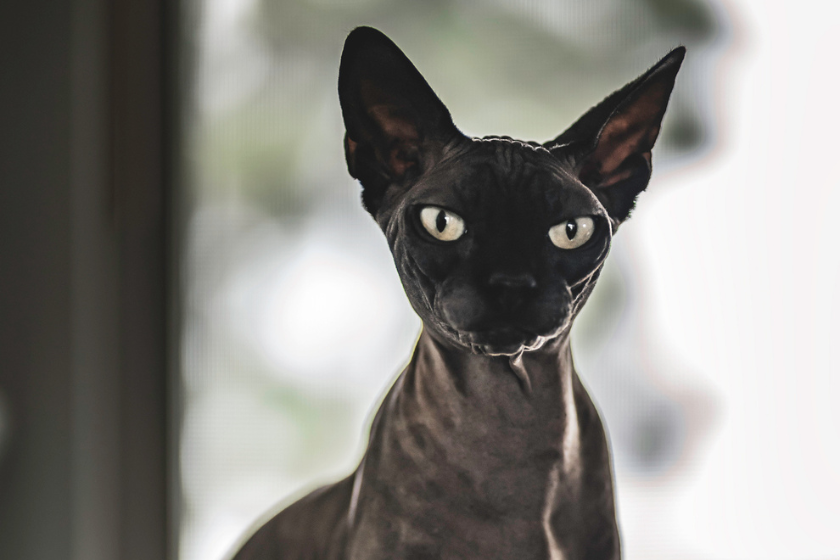
Believe it or not, even cats with no fur can come in black! The sphynx cat is one of many breeds that is naturally hairless, and despite its association with the Egyptian mythical creature, these cats are actually Canadian in origin. This breed's lack of fur means they lose body heat faster than their fellow felines, so this kitty is quick to affectionately cuddle up with its owner for warmth. Their absence of fur also means they're cats that won't shed all over your clothes; another plus for people who live with this cat!
13. Exotic Shorthair
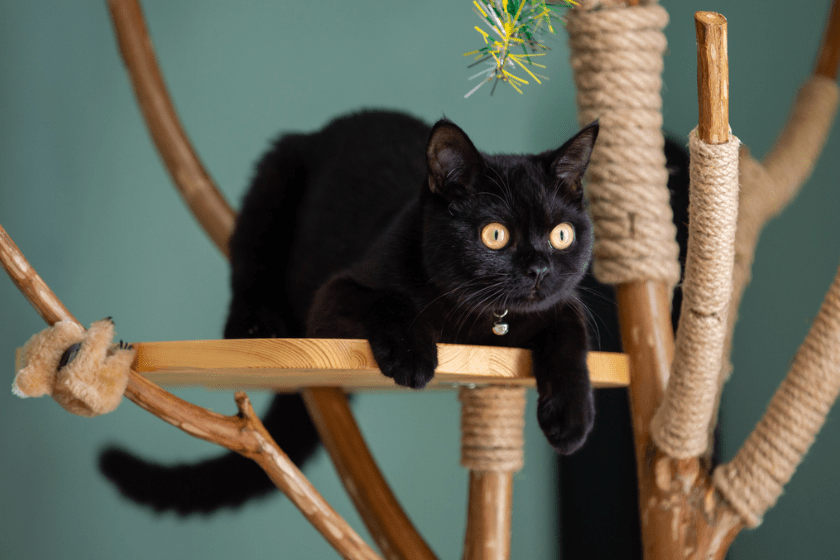
Bred to be a short-haired equivalent of the Persian, the exotic shorthair is reminiscent of its long-haired counterpart in many ways. Like the Persian, they have a flat nose and face, and beautiful round eyes. They also possess a gentle and calm Persian-like personality. The main difference between the two breeds comes in the form of their maintenance. The exotic shorthair's short coat makes it much easier to care for than the high-maintenance Persian, which has led the exotic to be endearingly called the "lazy man's Persian."
14. Siberian
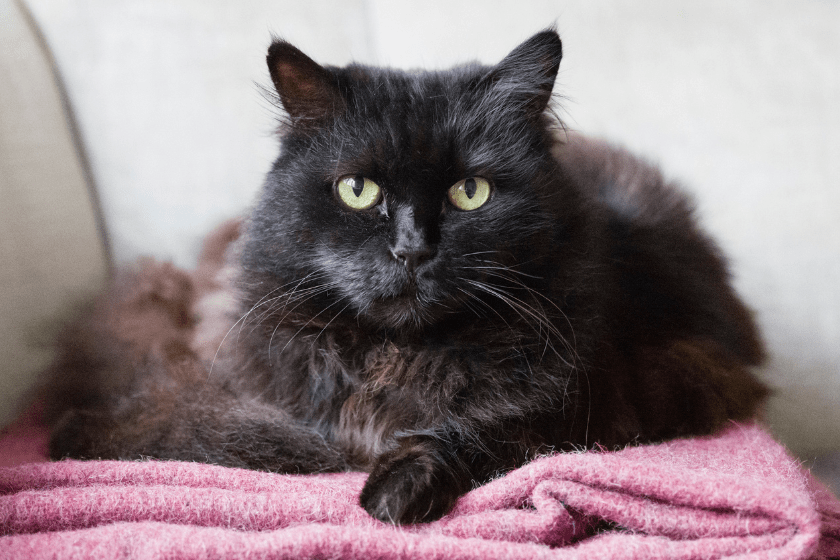
The Siberian is an ancient cat breed thought to be the predecessor to all present-day, long-haired pussycats. They have thick, fluffy, water-resistant coats much like the Norwegian forest cat, to which they are closely related. Despite how bulky their coats and bodies seem, they are incredibly energetic and talented jumpers. Any teaser-type toy will see good use if this feline is around!
15. Burmese
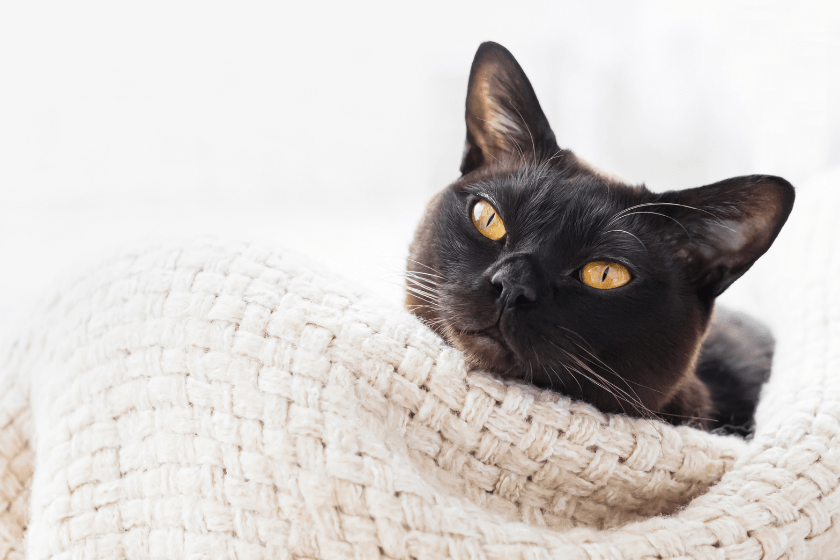
A mix between a domesticated cat from Burma and a Siamese cat from the United States, the Burmese's interesting ancestry is perhaps matched only by its equally interesting personality. Unlike prevailing cat stereotypes, the Burmese is a very people-oriented and playful breed, known to bond very closely with its owners and to always be geared up for a game of fetch. These playful cats also get along great with dogs, so for those with a pup of their own, a Burmese may become a great playmate for your pooch!
16. Scottish Fold
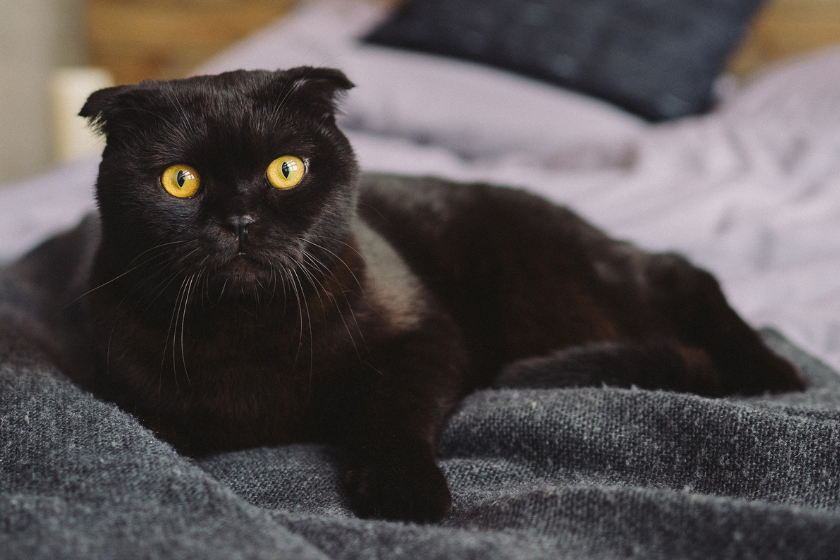
The result of a genetic mutation, the Scottish fold is set apart from most other breeds by its distinctive folded ears. The forward-folded ears, along with the breed's big eyes, make the Scottish fold appear as if it is perpetually in shock. But don't let this cat's features fool you. Behind its wary look is an incredibly relaxed and friendly cat breed that is great with families, as it loves to make friends with humans and other pets alike.
17. Turkish Angora
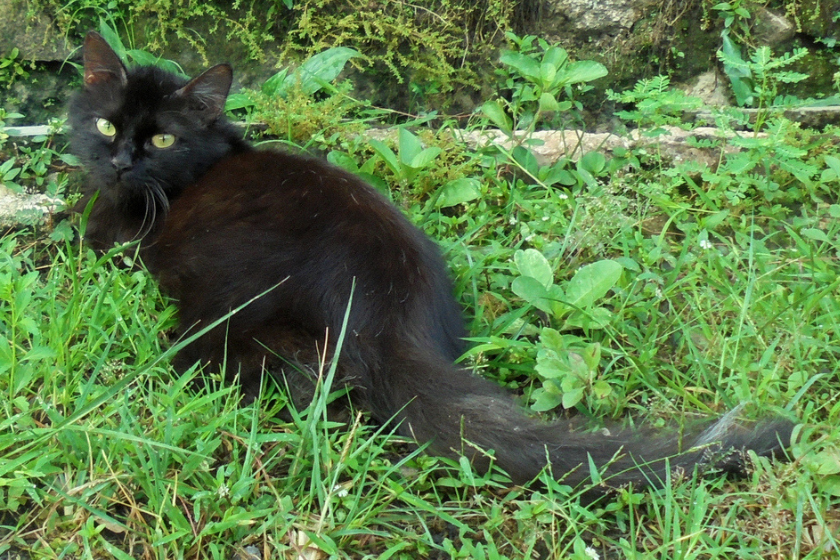
Another ancient cat breed, the Turkish Angora can be distinguished by its small head, bushy tail, and silky soft fur—like another Turkish animal, the adorable Angora rabbit. The Turkish Angora is a very smart and sociable breed, able to get along with just about anybody. But beware: This assertive feline may use make itself the head honcho of your household.
Do you live with a black cat? Share your feline friend on the Wide Open Pets Facebook page!
